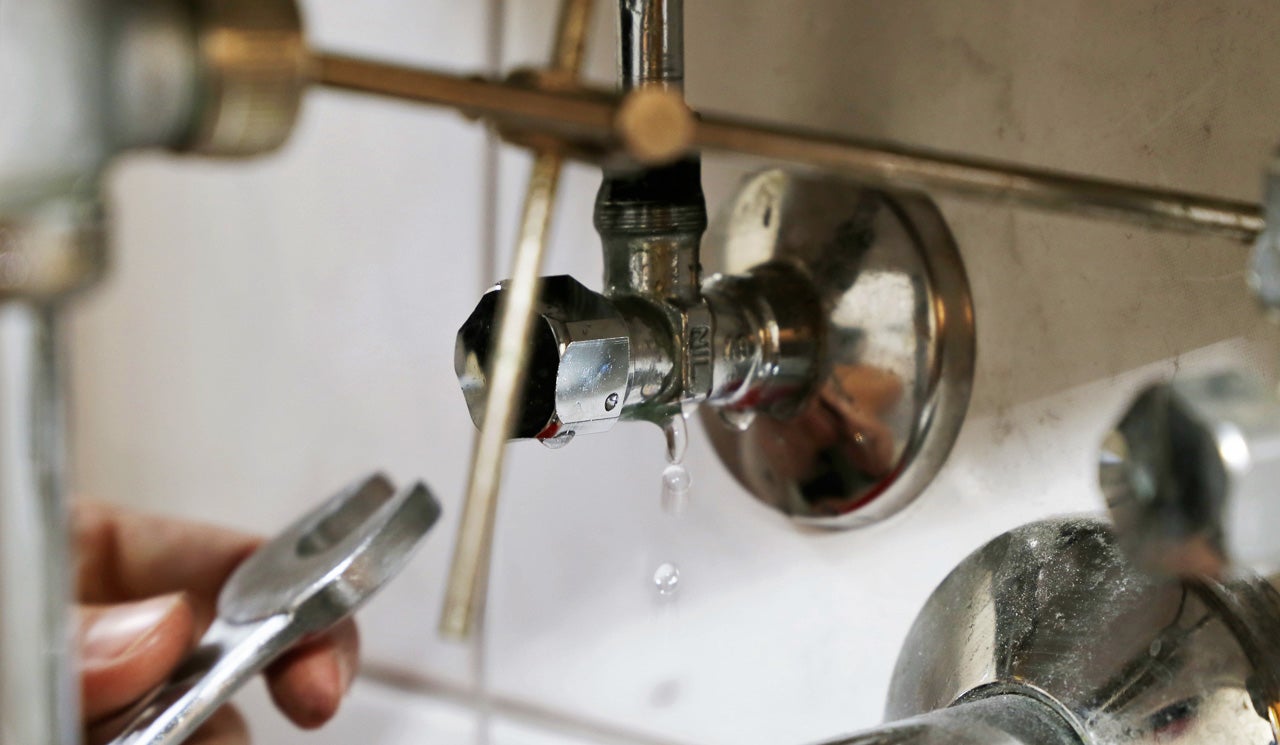Just how to Examine If Your House Has a Covert Leak
Just how to Examine If Your House Has a Covert Leak
Blog Article
The writer is making a few good observations regarding Leaking water lines overall in this great article in the next paragraphs.

Early detection of dripping water lines can reduce a prospective disaster. Aside from conserving you money, it will lessen the aggravation and disappointment. The moment you find a leakage, calling your plumber for repair services is the most effective service. Nevertheless, some tiny water leakages might not be visible. If you can not detect it with your naked eyes, right here are some hacks that aid.
1. Take A Look At the Water Meter
Checking it is a proven method that helps you discover leaks. If it moves, that suggests a fast-moving leak. This indicates you may have a slow leak that might even be below ground.
2. Check Water Usage
If you find unexpected modifications, regardless of your consumption being the exact same, it means that you have leaks in your plumbing system. A sudden spike in your costs shows a fast-moving leakage.
A stable increase every month, even with the very same habits, reveals you have a sluggish leak that's also slowly intensifying. Call a plumber to completely check your home, especially if you feel a warm location on your floor with piping below.
3. Do a Food Coloring Examination
When it comes to water intake, 30% comes from toilets. If the color somehow infiltrates your dish during that time without flushing, there's a leak in between the tank as well as bowl.
4. Asses Outside Lines
Do not fail to remember to inspect your outside water lines also. Must water seep out of the connection, you have a loosened rubber gasket. One tiny leakage can waste bunches of water and increase your water costs.
5. Examine the scenario and also check
Property owners need to make it a routine to examine under the sink counters and also also inside cabinets for any kind of bad odor or mold and mildew development. These 2 warnings indicate a leakage so punctual focus is called for. Doing regular evaluations, also bi-annually, can save you from a significant trouble.
Extra importantly, if you know your residence is already old, keep a watchful eye on your heating units, pipes, pipes and so on. Look for discolorations as well as compromising as a lot of appliances and also pipes have a life expectancy. They will certainly likewise normally wear away due to damage. Don't wait for it to rise if you suspect dripping water lines in your plumbing system. Call an expert plumber right away so you do not wind up with an awful mess in your house.
Early detection of leaking water lines can mitigate a possible calamity. Some tiny water leaks may not be visible. Inspecting it is a guaranteed way that assists you find leakages. One small leak can waste heaps of water and spike your water bill.
If you suspect leaking water lines in your plumbing system, don't wait for it to intensify.
WARNING SIGNS OF WATER LEAKAGE BEHIND THE WALL
PERSISTENT MUSTY ODORS
As water slowly drips from a leaky pipe inside the wall, flooring and sheetrock stay damp and develop an odor similar to wet cardboard. It generates a musty smell that can help you find hidden leaks.
MOLD IN UNUSUAL AREAS
Mold usually grows in wet areas like kitchens, baths and laundry rooms. If you spot the stuff on walls or baseboards in other rooms of the house, it’s a good indicator of undetected water leaks.
STAINS THAT GROW
When mold thrives around a leaky pipe, it sometimes takes hold on the inside surface of the affected wall. A growing stain on otherwise clean sheetrock is often your sign of a hidden plumbing problem.
PEELING OR BUBBLING WALLPAPER / PAINT
This clue is easy to miss in rooms that don’t get much use. When you see wallpaper separating along seams or paint bubbling or flaking off the wall, blame sheetrock that stays wet because of an undetected leak.
BUCKLED CEILINGS AND STAINED FLOORS
If ceilings or floors in bathrooms, kitchens or laundry areas develop structural problems, don’t rule out constant damp inside the walls. Wet sheetrock can affect adjacent framing, flooring and ceilings.
https://www.servicemasterbyzaba.com/blog/how-to-detect-water-leakage-in-walls/

As a person who reads about Hacks to detect leaks, I was thinking sharing that excerpt was worthwhile. So long as you appreciated our blog posting please do not forget to share it. I value reading our article about Locating water leaks.
Report this page